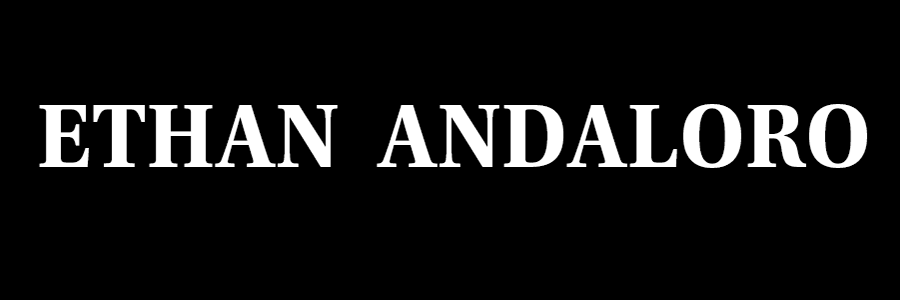K.poe
A young woman recounts her life-saving bone marrow transplant and how poetry helped her along the way. This is a message to her donor.
If you are interested in learning more about the process, visit Be The Match.
Credits:
Kathryn Poe
Directed by Ethan Andaloro
Executive Producers: Joe Murray & Christopher Knoblock
Associate Producers: Evan Frederick & Ethan Plaster
Original Score by Paul Andaloro
Camera Operator: Liam Bruce
Assistant Editor: Quentin Zermeno
Craft Services: Trent Cash
Executive Producers: Joe Murray & Christopher Knoblock
Associate Producers: Evan Frederick & Ethan Plaster
Original Score by Paul Andaloro
Camera Operator: Liam Bruce
Assistant Editor: Quentin Zermeno
Craft Services: Trent Cash
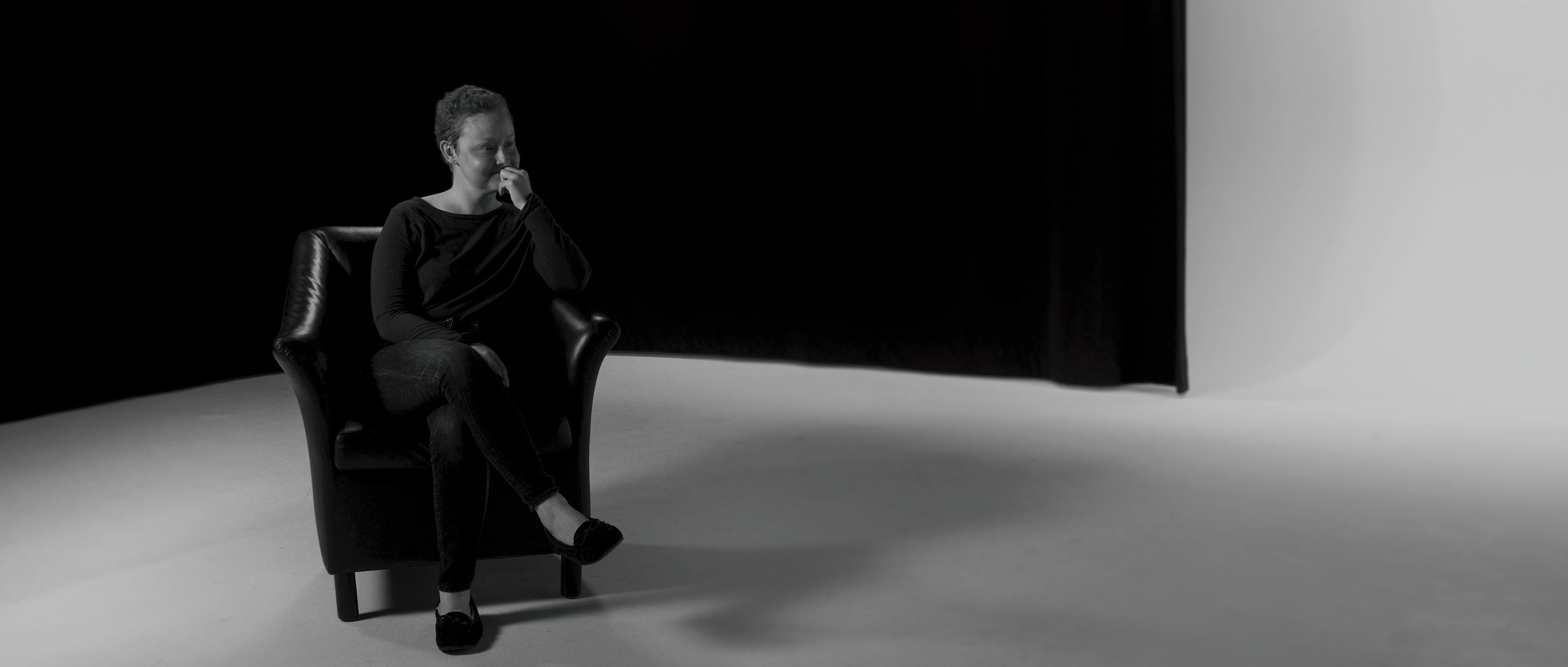
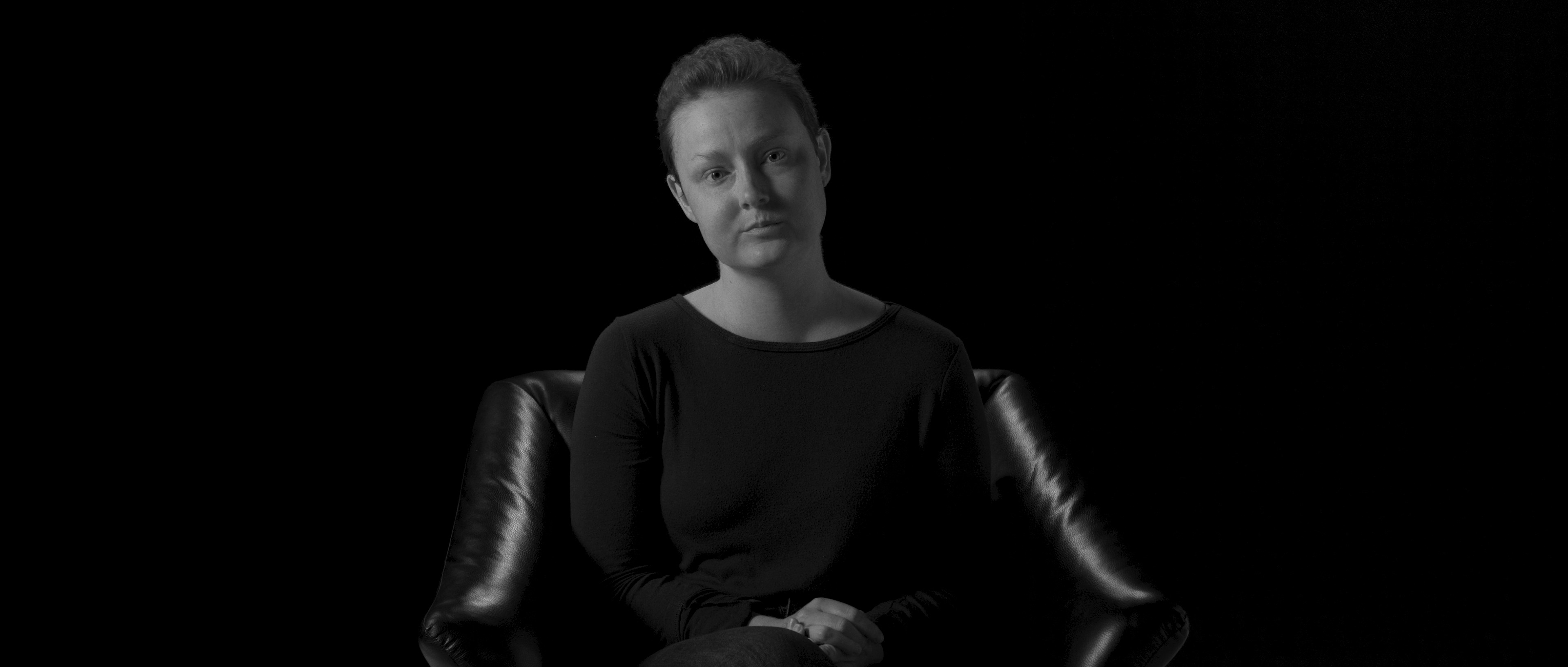
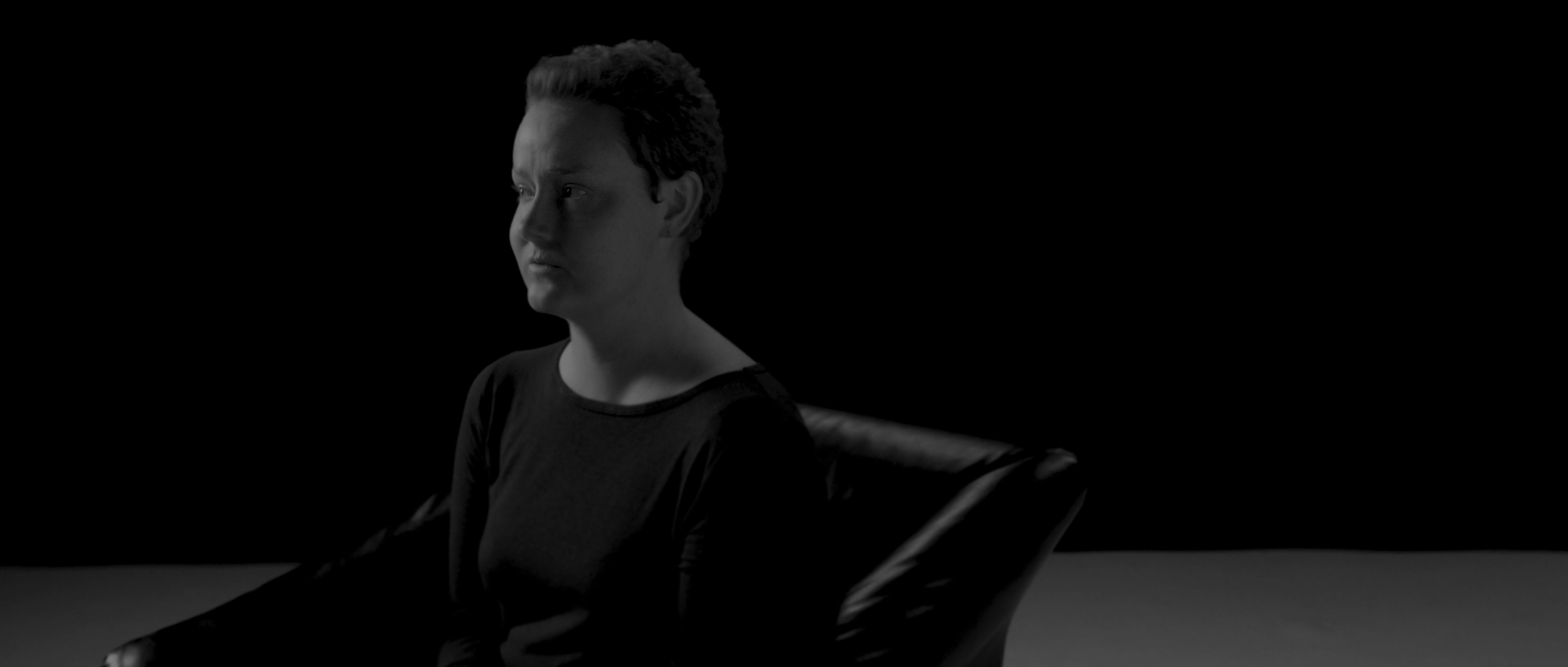
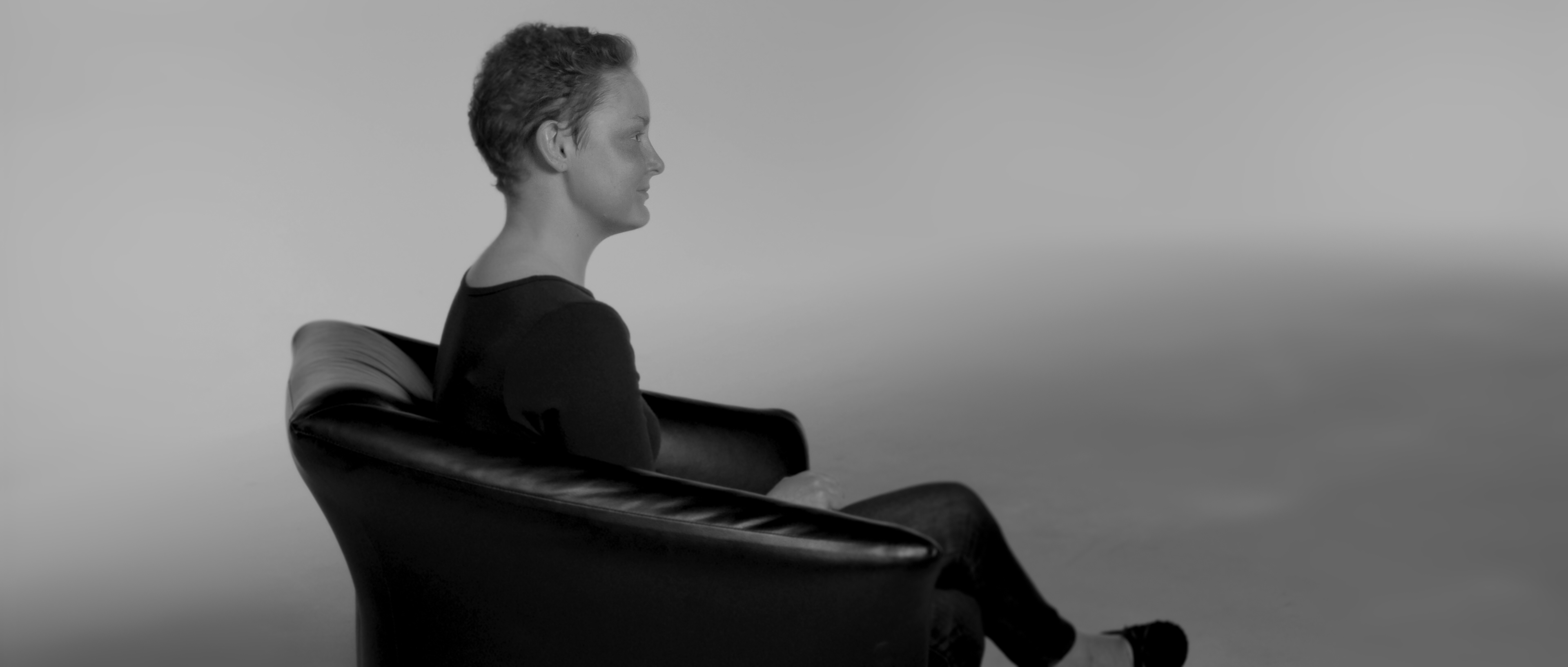
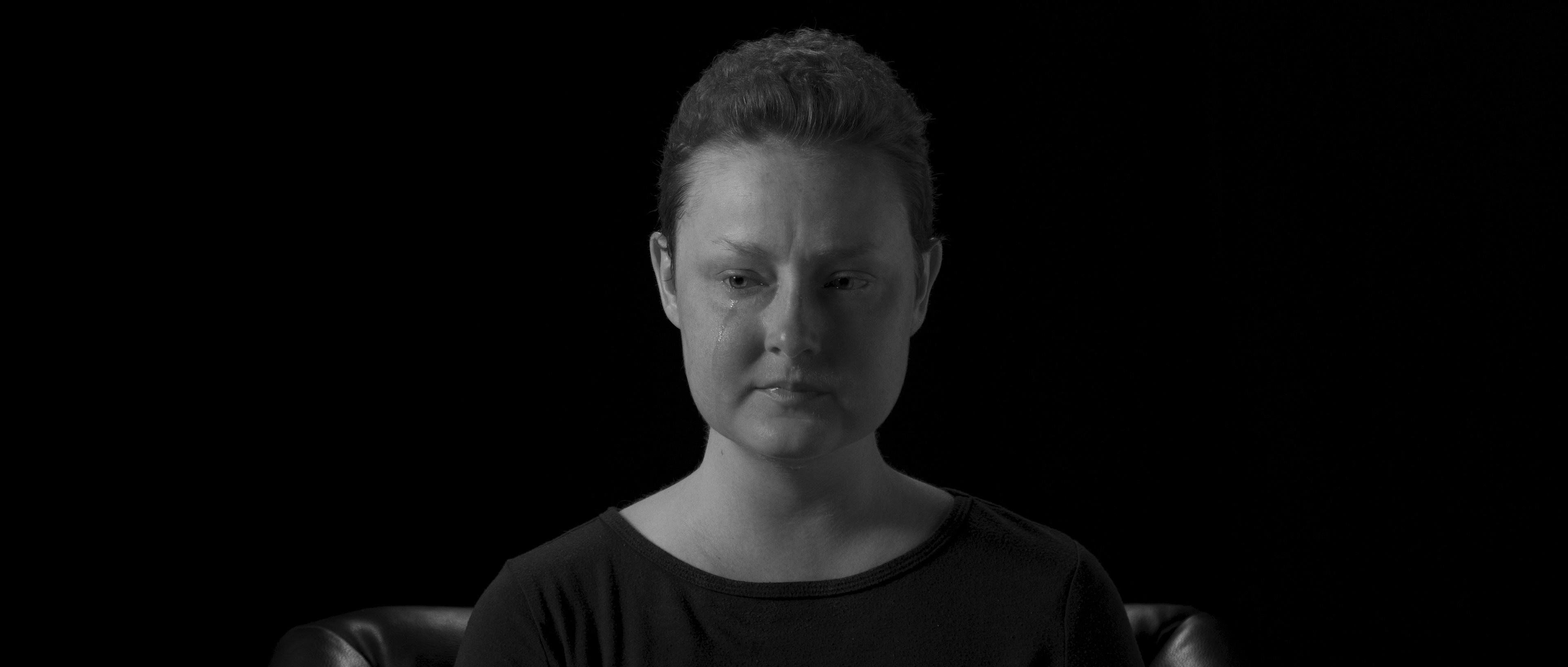
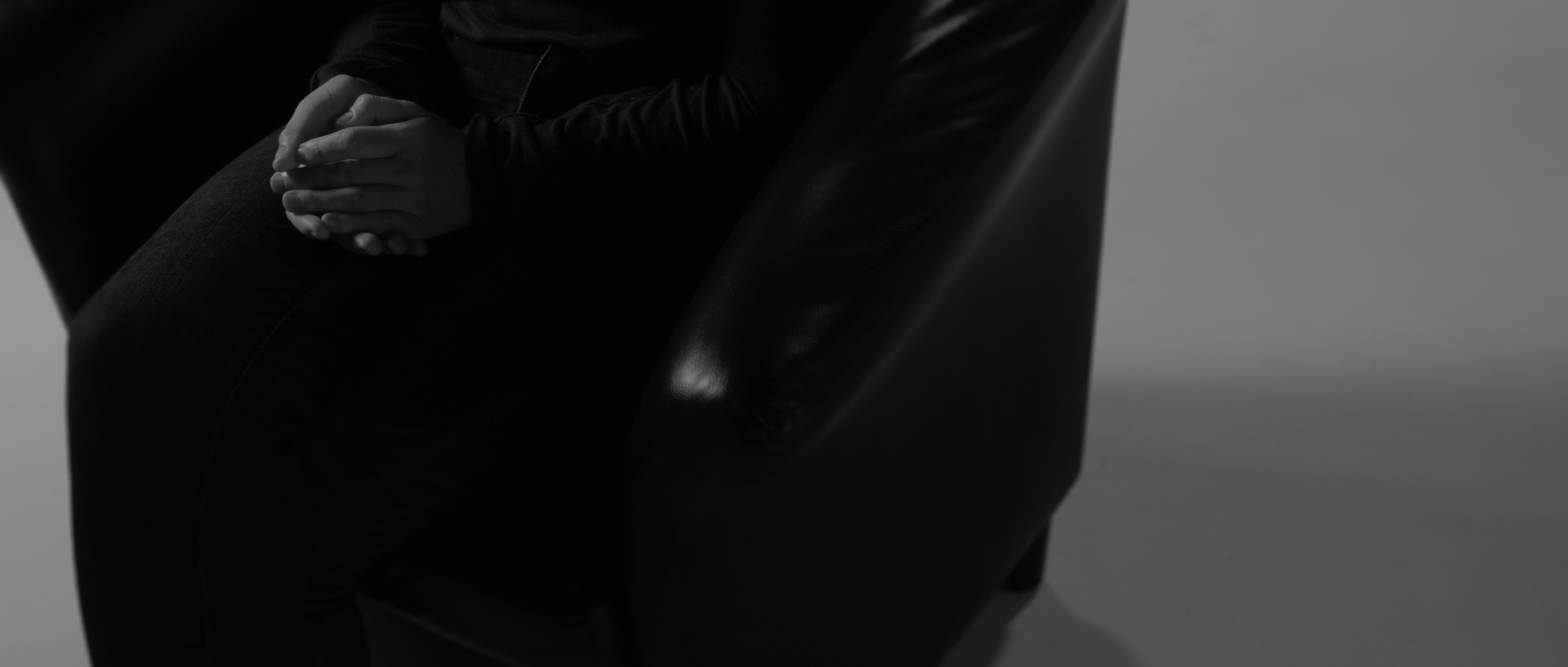
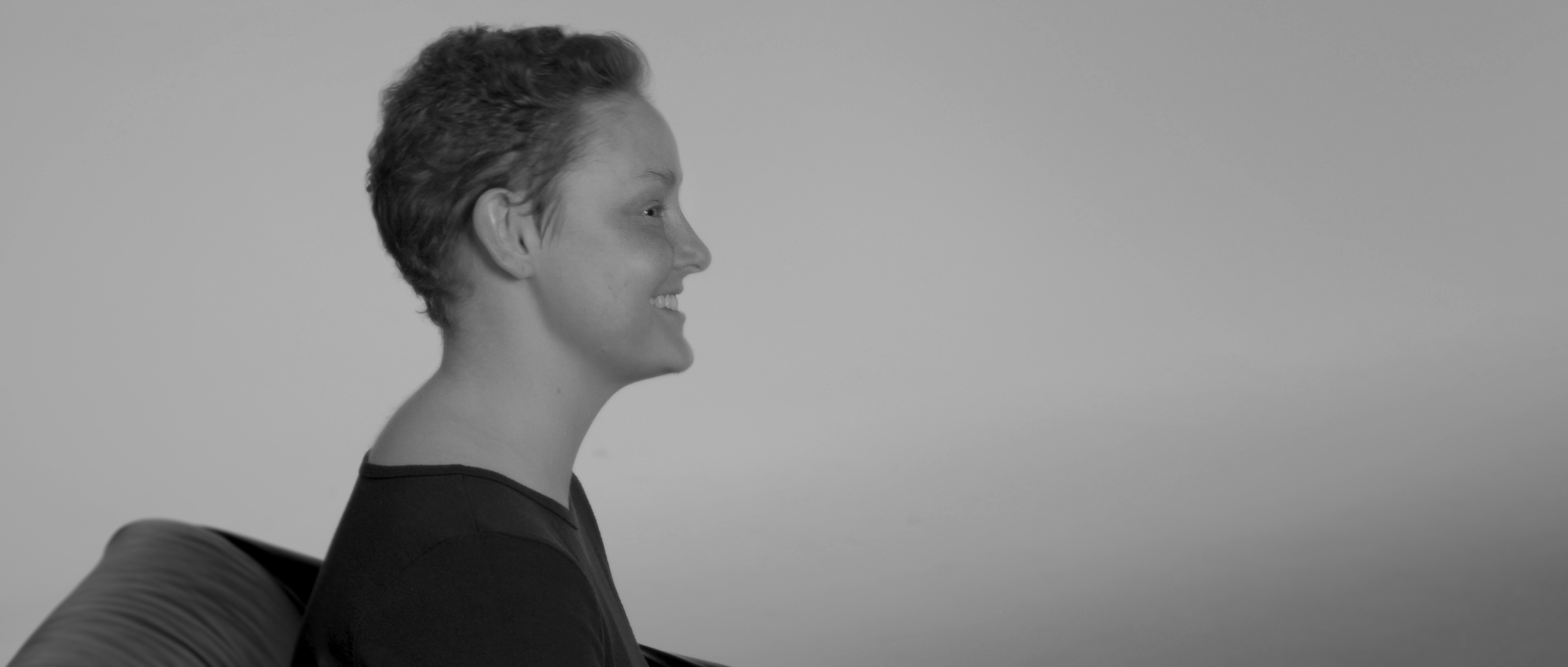
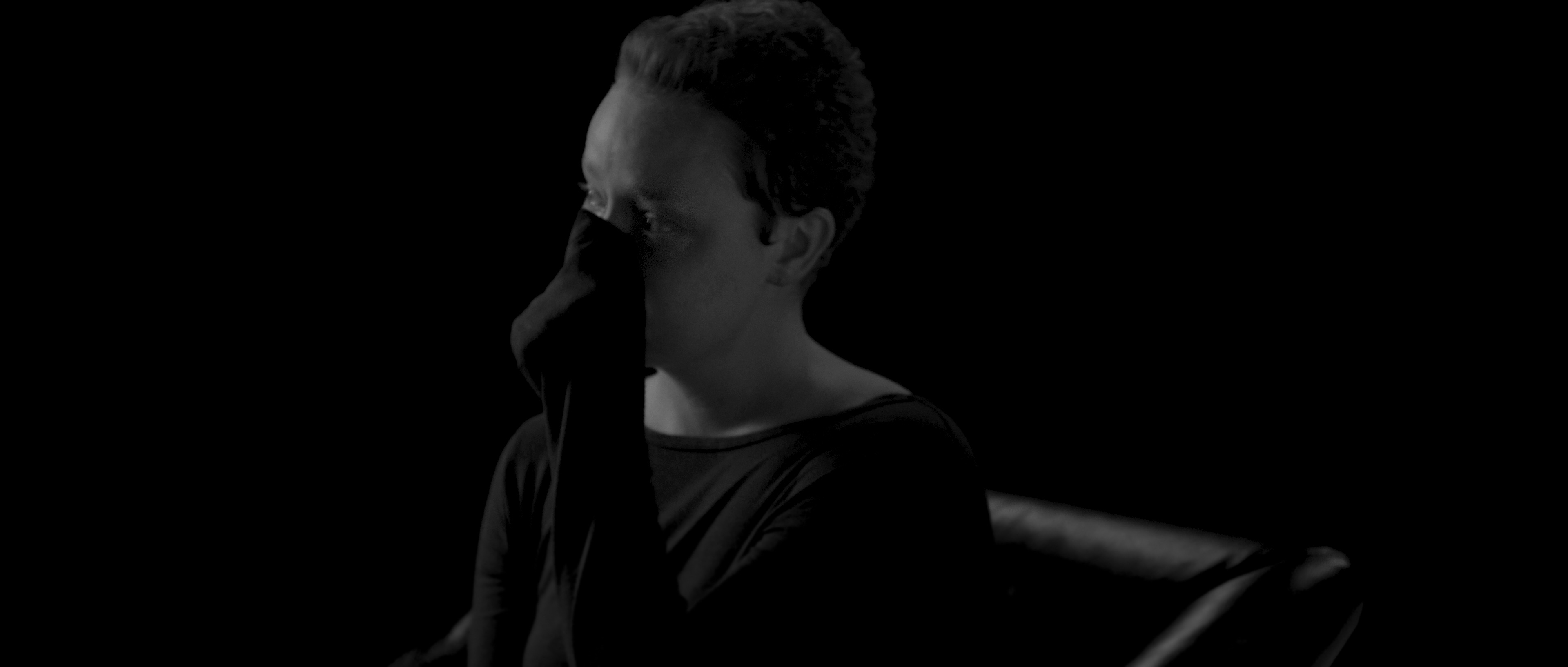
Production Notes:
From my thesis production binder
Final Post-Production Timeline:
Edited in Adobe Premiere Pro CC
On Documentary Filmmaking:
From my 2019 essay on the journalistic responsibilities of a non-fiction filmmaker
Excerpt A:
The documentary filmmaking process carries with it an inherent journalistic perspective, which emphasizes truth-telling and the minimization of falsities. In Sissela Bok’s Lying: Moral Choice in Public and Private Life, the philosopher mirrors this practice in her ethical decision-making model. Bok’s framework carries with it two presumptions: “that we must have empathy for the people involved in ethical decisions and that maintaining societal trust is a fundamental goal” (Patterson, Wilkins, & Painter, 2019, p. 5). These premises are not only reflected in my belief in the journalistic nature of documentary filmmaking, but they are also reflected in my core principles.
Excerpt B:
In the 2011 publication, “Documentary-for-the-Other: Relationships, Ethics and (Observational) Documentary,” author Kate Nash states, “... it is possible to engage sensitively and reflexively to tell the stories of others” (p. 238). Likewise, it is sensitivity and compassion that can inspire a filmmaker to make a documentary regarding a subject or cause in need. The belief in aiding disadvantaged causes or members of society is at the core of non-fiction film. Communicating their story can positively impact the lives of those affected. While Nash discusses the contrasting, cynical viewpoints of documentary filmmaking, she highlights, “Perhaps it might be documentary’s potential to contribute in a positive way to the lives of those it represents that redeems it…” (p. 237). Sympathy and the ambition to act are fundamental aspects of compassion, and I believe they should be a fundamental aspect of filmmaking.
Excerpt C:
Jan Krawitz, a film professor at Stanford University, does not believe documentaries should be told through a journalistic outlook, stating the filmmaker must find a balance between reality and the “artistic vision” (2010). “The students must accept that the finished film is a distillation of the experiences they encountered in the field, filtered through their own points of view” (p. 50). Many documentaries are made with an implicit bias, but if that bias is appropriately disclosed to the audience, truth-telling still exists. While there is a belief that documentaries are best utilized as a way to frame a point-of-view, I believe they are best when approached with a journalistic nature.
References:
Bok, S. (1979). Lying: Moral choice in public and private life. Vintage Books.
Krawitz, J. (2010). Treading softly: Ethics & documentary production. Knowledge Quest, 38(4), 48-51.
Nash, K. (2011). Documentary-for-the-other: Relationships, ethics and (observational) documentary. Journal of Mass Media Ethics, 26(3), 224-239.
Patterson, P., Wilkins, L., & Painter, C. (2019). Media ethics: Issues and cases. Rowman & Littlefield.
